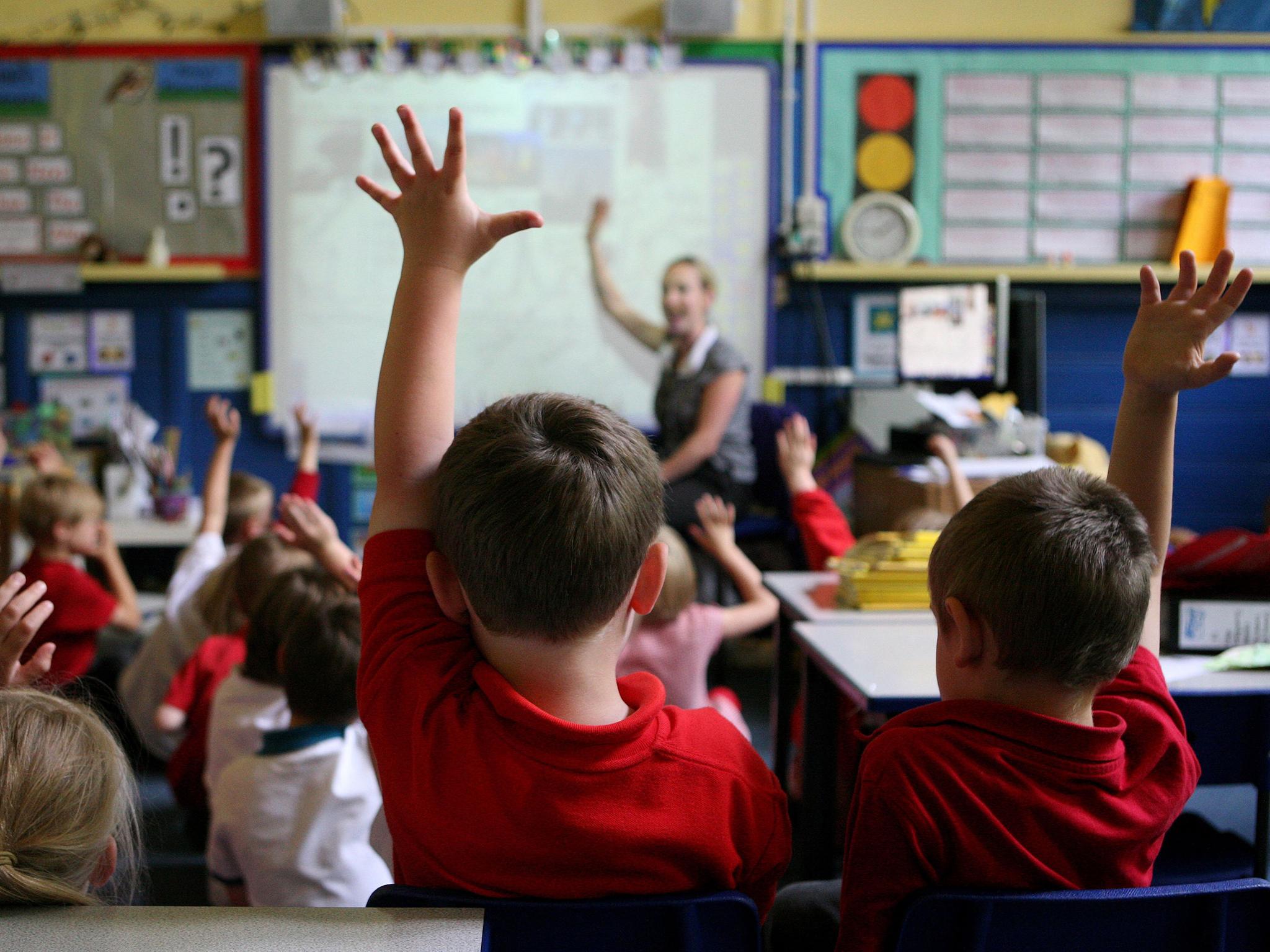Children should count on their fingers to learn maths, study suggests
Professor Tim Jay concludes a combination of classroom teaching, games and finger-training could produce best results

Your support helps us to tell the story
From reproductive rights to climate change to Big Tech, The Independent is on the ground when the story is developing. Whether it's investigating the financials of Elon Musk's pro-Trump PAC or producing our latest documentary, 'The A Word', which shines a light on the American women fighting for reproductive rights, we know how important it is to parse out the facts from the messaging.
At such a critical moment in US history, we need reporters on the ground. Your donation allows us to keep sending journalists to speak to both sides of the story.
The Independent is trusted by Americans across the entire political spectrum. And unlike many other quality news outlets, we choose not to lock Americans out of our reporting and analysis with paywalls. We believe quality journalism should be available to everyone, paid for by those who can afford it.
Your support makes all the difference.If generations of pupils have been discouraged to count on their fingers, the trend could soon be reversed.
Using fingers when counting may be a much more important part of learning maths, new research has found.
The study by Professor Tim Jay, from Sheffield Hallam University, and Dr Julie Betenson, from the University of Bristol, published in Frontiers in Education analysed the behaviour of 137 primary school pupils aged between six and seven.
Children were given a combination of counting and number games but only some were given tasks which involved finger-training.
Some of the games played included dominoes, "snap" and snakes and ladders.
Other children were also asked to use their fingers to symbolise numbers from one to 10 or do basic sums by adding or subtracting numbers using their fingers.
Another group of children, learned numerical skills through "business as usual" techniques with their teachers.
The results found that the children who did not take part in any of the games but learned in the classroom with their teacher performed the least well.
The children who took part in the games performed a little better, but those who were able to learn through a combination of games and finger-training exercises achieved significantly better results.
However, children who only took part in finger-training did little better than those who learned through the traditional classroom method.
The authors concluded combining finger-training with intensive exposure to multiple types of other number and counting games can support young children’s ability to learn maths.
Professor Jay wrote that finger training "may function as a bridge, or mediator" between other representations of numbers such as verbal, written and symbolic and he encouraged teachers to use finger-training and associated games in the classroom.
He wrote: "This finding suggests that children’s developing number sense is best supported by experience of a combination of representations of number—in this case including fingers plus verbal, symbolic and non-symbolic representations—rather than by a particular set in isolation.
"The large effect size suggests that with further refinement and replication, the combined finger training and number games intervention could be a useful tool for teachers to use to support children’s developing understanding of number."
Subscribe to Independent Premium to bookmark this article
Want to bookmark your favourite articles and stories to read or reference later? Start your Independent Premium subscription today.
Join our commenting forum
Join thought-provoking conversations, follow other Independent readers and see their replies
Comments